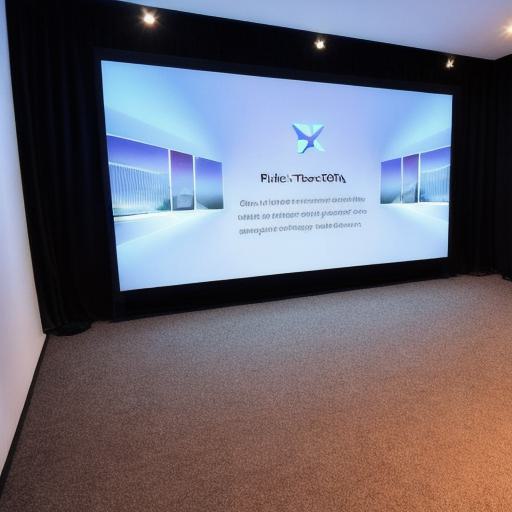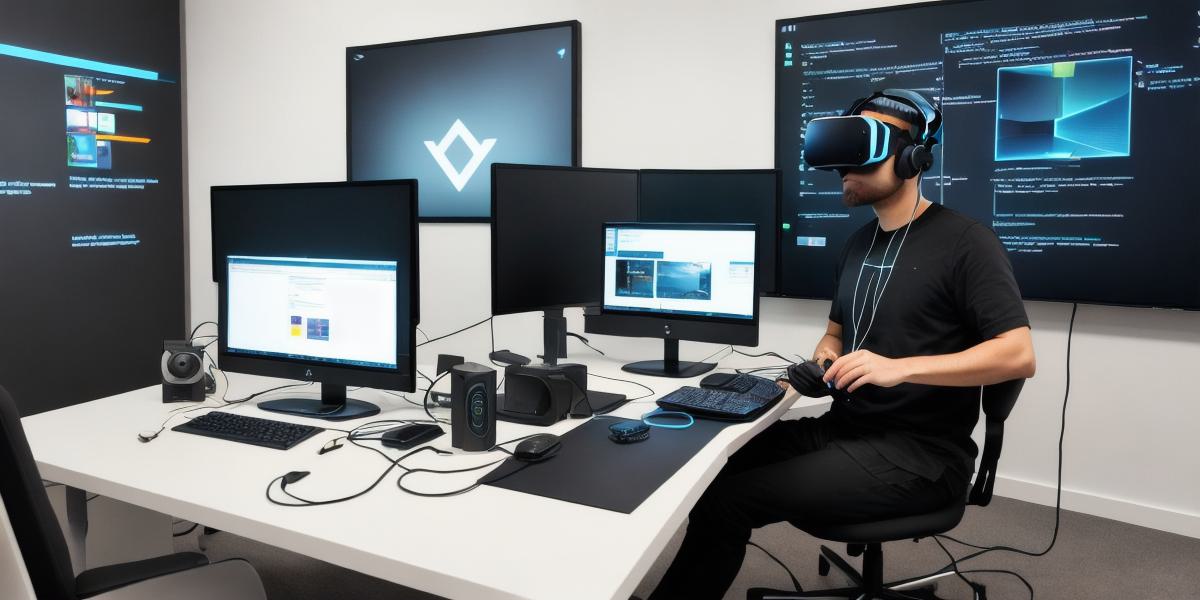As a web developer, you may have heard about Extended Reality (XR) and its potential to revolutionize the way we interact with digital content. XR encompasses Virtual Reality (VR), Augmented Reality (AR), and Mixed Reality (MR), offering new opportunities for engaging and interactive user experiences. In this comprehensive guide, we’ll explore how you can develop captivating XR experiences using Unity, the popular game development engine.
**Why Use Unity for XR Development?
**
First, let’s consider why Unity is an excellent choice for developing XR experiences:
1. **Powerful XR Plugin:** Unity comes with a built-in XR plugin, which simplifies the process of creating XR content and supports various platforms such as WebXR, Oculus, OpenVR, and more.
2. **Flexible Architecture:** Unity’s versatile architecture allows for rapid prototyping, efficient optimization, and easy integration with other tools and services, making it an ideal platform for XR development.

3. **Largest Community of Developers:** With a vast community of developers, you can find numerous resources, tutorials, and ready-to-use assets to help you create impressive XR experiences in Unity.
**Getting Started: Setting Up Your Environment**
Before diving into the development process, ensure your environment is prepared for creating XR experiences with Unity:
1. **Install Unity:** Download and install the latest version of Unity, which includes the XR plugin.

2. **Install XR Platforms:** Install any required XR platforms, such as WebXR or Oculus, depending on your target platform.
3. **Set Up Your Development Environment:** Configure your editor settings to suit your development needs and preferences.
*
*Creating Your XR Experience: A Step-by-Step Guide**
Now that you have the basics covered, let’s explore how to create an engaging XR experience using Unity:
- Design Your Scene: Begin by designing your scene, including objects, environments, and interactions. Make sure your design is intuitive, immersive, and engaging for users.
- Implement Interactions: Add interactivity to your objects using scripts or built-in components. Consider incorporating user input, such as hand gestures, gaze, or voice commands.
- Optimize Performance: Optimize your XR experience for smooth performance by reducing draw calls, optimizing textures, and implementing occlusion culling.
- Publish Your Project: Once you’re satisfied with your creation, publish your project to the desired platform, such as WebXR or a VR headset, for users to enjoy.
**Summary: Creating Immersive XR Experiences with Unity**
In summary, Unity provides web developers with an extensive set of tools and resources to create captivating XR experiences. With its powerful XR plugin, flexible architecture, and vast community support, you can design immersive and engaging scenes, implement interactive elements, optimize performance, and publish your project for users to enjoy on various platforms.
